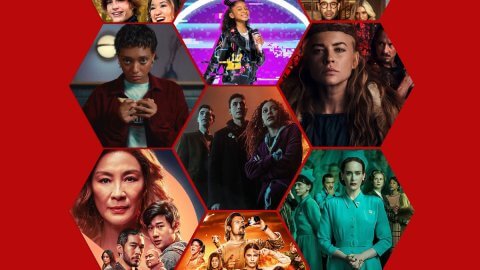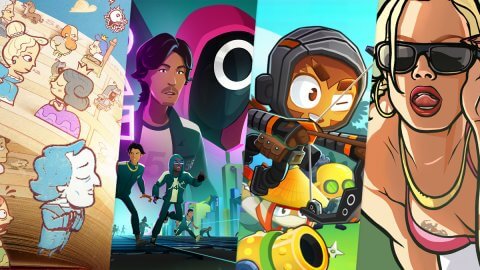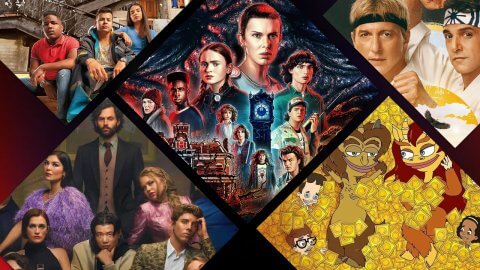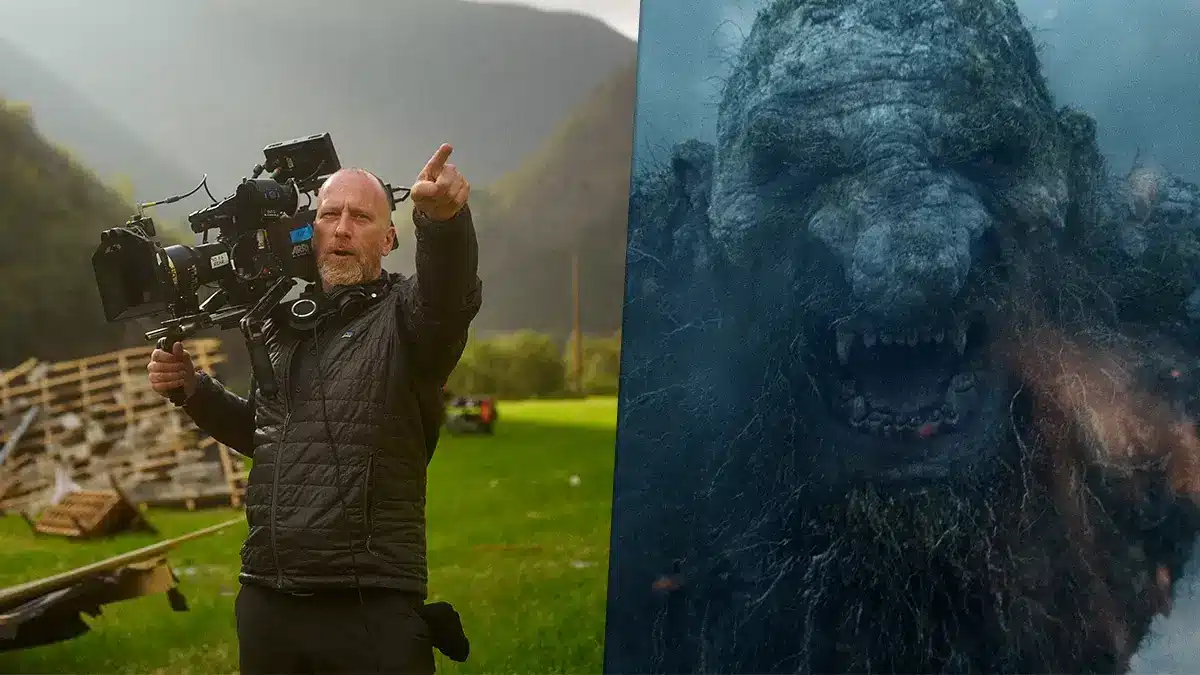
Roar Uthaug and Troll – Pictures: Netflix
While for many in the English-speaking world the word “Trolls” conjures up images of cute long-haired animated characters singing with the voices of Anna Kendrick and Justin Timberlake, the origins of the mythical creature in Nordic folktales are much darker and scarier.
Netflix’s new release Troll builds precisely on a much darker version of the creature as one of the more authentically-Scandinavian mythical trolls is accidentally awoken and goes on a rampage throughout modern-day Norway.
Ahead of the film’s release on December 1st, Christopher Meir from the Universidad Carlos III de Madrid, a film scholar who is working on a project dedicated to Netflix’s original films, sat down with the film’s director Roar Uthaug and producer and CEO of the film’s production company Motion Blur, Espen Horn and producer Kristian Strand Sinkerud to talk about what the film’s producers are calling the highest-budgeted film in Scandinavian history.
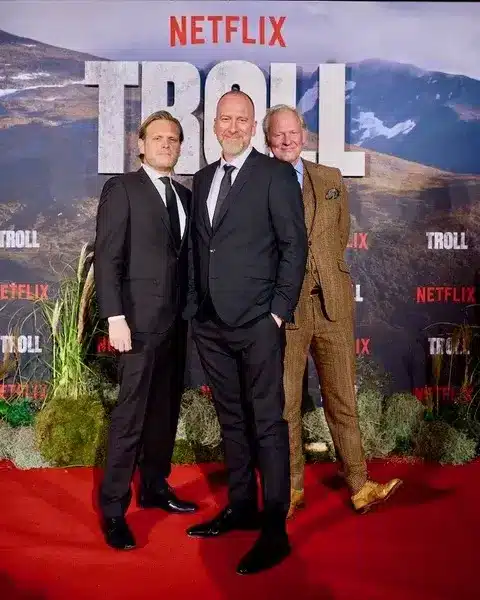
Courtesy of Motion Blur
Christopher Meir: Can you start by telling us a bit about the inspiration for the film and about the long journey it took to get to our screens?
Espen Horn: We [Motion Blur] picked up the phone and called Roar because we’re great fans of his and we had a meeting with him and we asked him “if you could choose anything your heart desired, what project would you like to do?” he turned round and said “Troll” so we said “let’s do it.” It’s his dream project so we very quickly said let’s do that film together.
Kristian Strand Sinkerud: Roar was finishing up Tomb Raider. It was fantastic for us as producers for us to have Roar come home to make a Norwegian film.
Roar Uthaug: It’s an idea I’ve had for over 20 years now, so it was really nice to be able to finally make the movie. It was inspired by Norwegian folklore and fairytales and I always wondered what would happen if one of the creatures from those fairytales would wake up today. How would the government and the army and everybody react? So that was kind of the basis of the idea.
KSS: As both a domestic and international launch Troll is something very deeply rooted in Norway. We grow up with these troll fairytales as kids but to also be able to be able to make a film about Troll for the international market that’s really exciting for us.
RU: I’m really happy that we were able to make the film no with how VFX has come in the last 20 years has made it much more spectacular today than it would have been back when I first got the idea. We also worked a lot of the script and of course, there’s been several years where it’s been lying in the drawer collecting dust and a couple of years ago, me and the producers pulled it back up and got the screenwriter hired on the movie and started working on it and from there on it’s gone pretty quick.
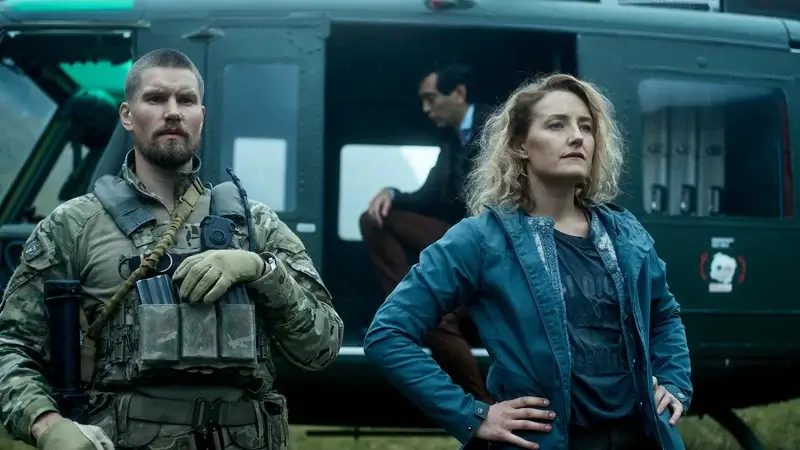
Mads Sjogard Pettersen as Captain Kris Kim S. Falck Jorgensen as Andreas Isaksen Ine Marie Wilmann as Nora – Picture: Netflix
CM: At first, the film was set up to be financed independently and with support from the Norwegian Film Institute, then along came Netflix. Why did you bring it to Netflix in particular?
KSS: Initially, we started developing this project in a traditional manner looking for a theatrical release, but when we met with Netflix and pitched to them, they were so overexcited about this so eventually we concluded this should be a Netflix Original film. We went with that and are super happy.
EH: We have a close relationship with Netflix because we did the first Nordic Netflix original film (Cadaver) and the series Post Mortem. So we had a good, ongoing dialog with them. We had really good support from the Norwegian Film Institute initially, but what we quickly understood after discussions with Netflix is that we were able to go faster and better achieve the ambitions we had for the project with them.
KSS: Netflix really bought into our vision for the film and what’s fortunate when working with Netflix compared traditional financing for Norwegian and Nordic films is that they are able enhance the film so ultimately, Troll has become a much bigger film than we were initially able to finance and obviously that is something we really like.
RU: Netflix were very supportive of my vision and it’s been a really wonderful experience working with them.
CM: Could you confirm that the film had an above average budget for Norway?
EH: It’s the largest film ever made in Scandinavia and I mean “large” under various definitions. It’s nice to be able to sit here today and say we were able to do the film based on the visions we had. We were able to, for instance, make a large troll and stamp it as a Norwegian troll and get the copyright for the troll.
It’s also nice to sit here today and say it’s a true Norwegian production. We were very insistent on using Norwegian filmmakers and vendors or if not, reaching out to Swedes and Danes because we want to show the world that this a Norwegian and a Scandinavian production.
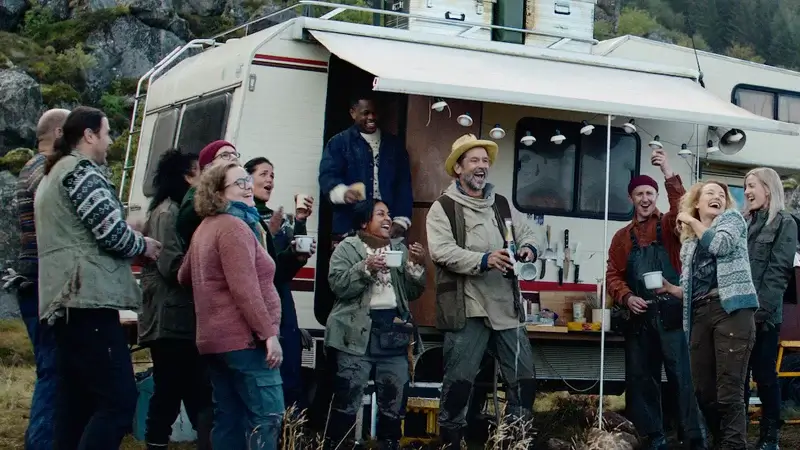
Troll (L to R) Billy Campbell as Dr. David Secord, Ine Marie Wilmann as Nora in Troll Cr. Courtesy of Netflix © 2022
CM: And you see that money on the screen, the VFX are really impressive. Can you tell us more about how these were done?
RU: First of all, we had a Norwegian artist called Einar Martinsen who designed the troll and then Ghost, a VFX company in Denmark took his model, refined that and made it ready for production. Because we wanted to keep the VFX in Scandinavia so we split it up between four different vendors because we don’t have anyone big enough to do everything that we need to do. That’s why there are several companies that did it.
A Norwegian company called Gimpville did the shots where the troll is walking in downtown Oslo.
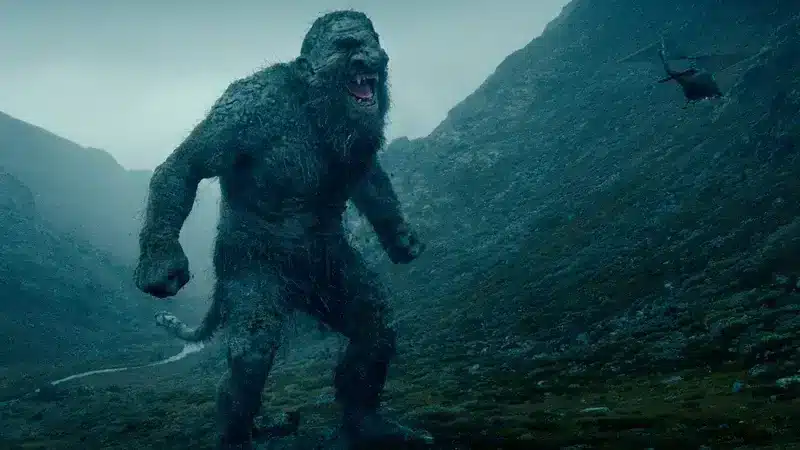
Picture: Netflix
CM: Did you use green screen for this?
RU: Luckily we have come so far now that there’s a lot of shots where you don’t need green screens anymore. I wanted to shoot most of the movie on location so we actually didn’t do any kind of stage work on this movie. When the actors are interacting with the troll we had a small drone with a red light 45 meters up in the air that they had to pretend was this big scary troll, so it demanded a lot from the actors but I think they pulled it off beautifully.
CM: I agree, if we could switch to the tone and themes of the film, I thought it was very interesting. I’ve seen your previous disaster movie The Wave and this seems to be in a similar vein, can you tell me why you’re interested in this particular kind of disaster, with social commentary about environmental issues.
RU: I grew up watching movies from Hollywood and those were the ones that inspired me to get into filmmaking, but I also try and bring in European and Scandinavian styles, those kind of down-to-earth characters who you really care about and get to know them before all hell breaks loose. Also, I try to inject a lot of heart to the movie because you need to care about the people and also, I think I like to give the audience a sense of joy and wonderment.
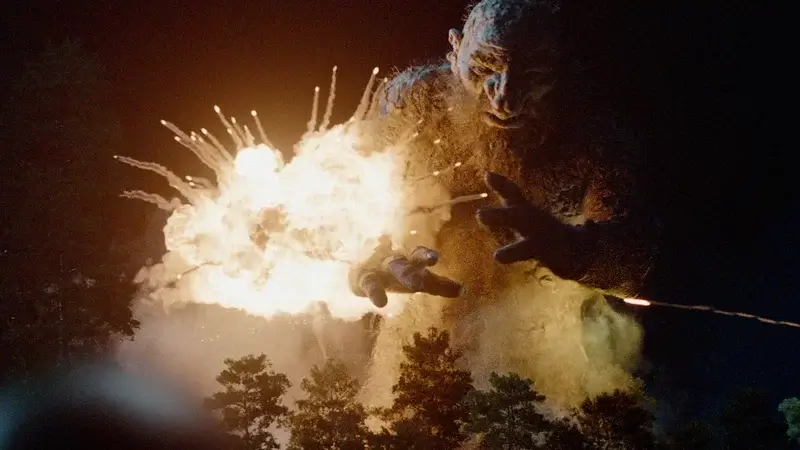
Picture: Netflix
CM: One of the things that struck me about the film is that it’s very funny at times. I wonder if you could talk about the sense of humor you show in the film.
RU: I think I want the movie to feel like a roller coaster having scary parts and light parts. Having humor is an important ingredient to move the story along and to make the audience relax and enjoy themselves and also not take the movie too seriously. In this day and age, that’s a nice escape from reality. I hope the movie can be that for people.
CM: Without giving anything away, the door does seem to be left open at the end for a Troll 2, is that something you are planning? Do you plan to build a franchise around this project?
RU: Right now we’re focused on one big entertaining movie and let’s see how the response is to that.
KSS: As filmmakers, you always have ambitions to make something that can last a little longer than one film. Of course, we have ambitions to make a sequel and perhaps two sequels, but it all depends on how the audience are responding to Troll.
EH: We can say it like this: this has been a great collaboration with Roar and Netflix and we’d love to do it again.
Editorial Note: Roar Uthaug was interviewed separately from Kristian Strand Sinkerud and Espen Horn. The interviews were then edited together and their responses to similar questions were combined.

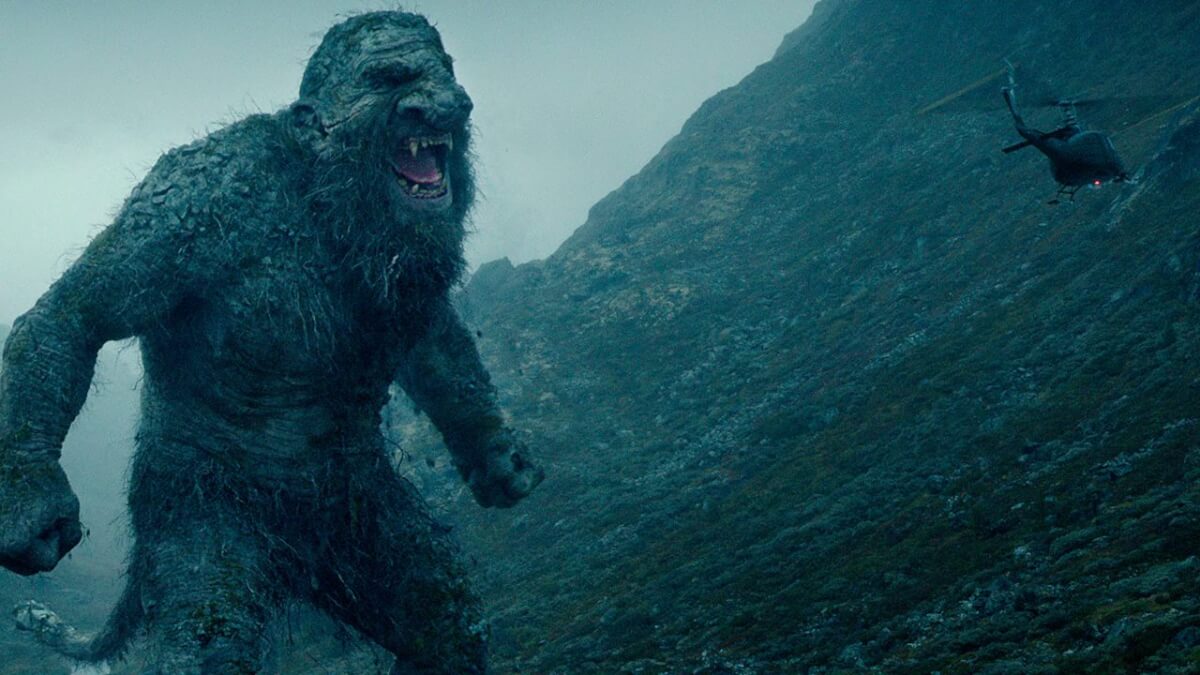
 Rating: TV-14
Rating: TV-14